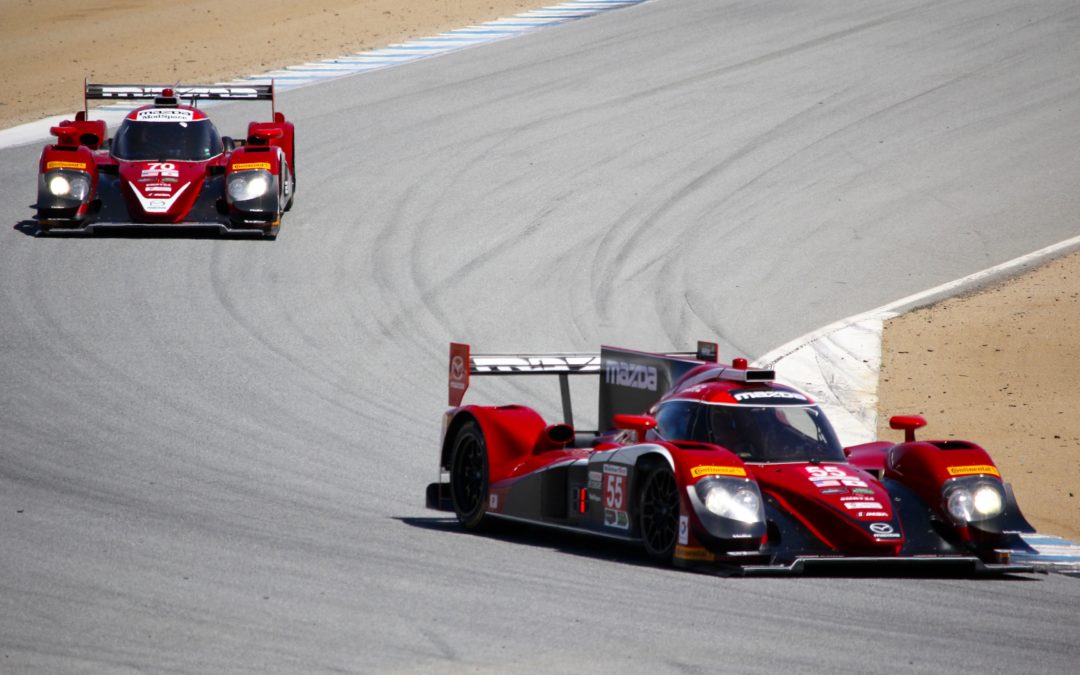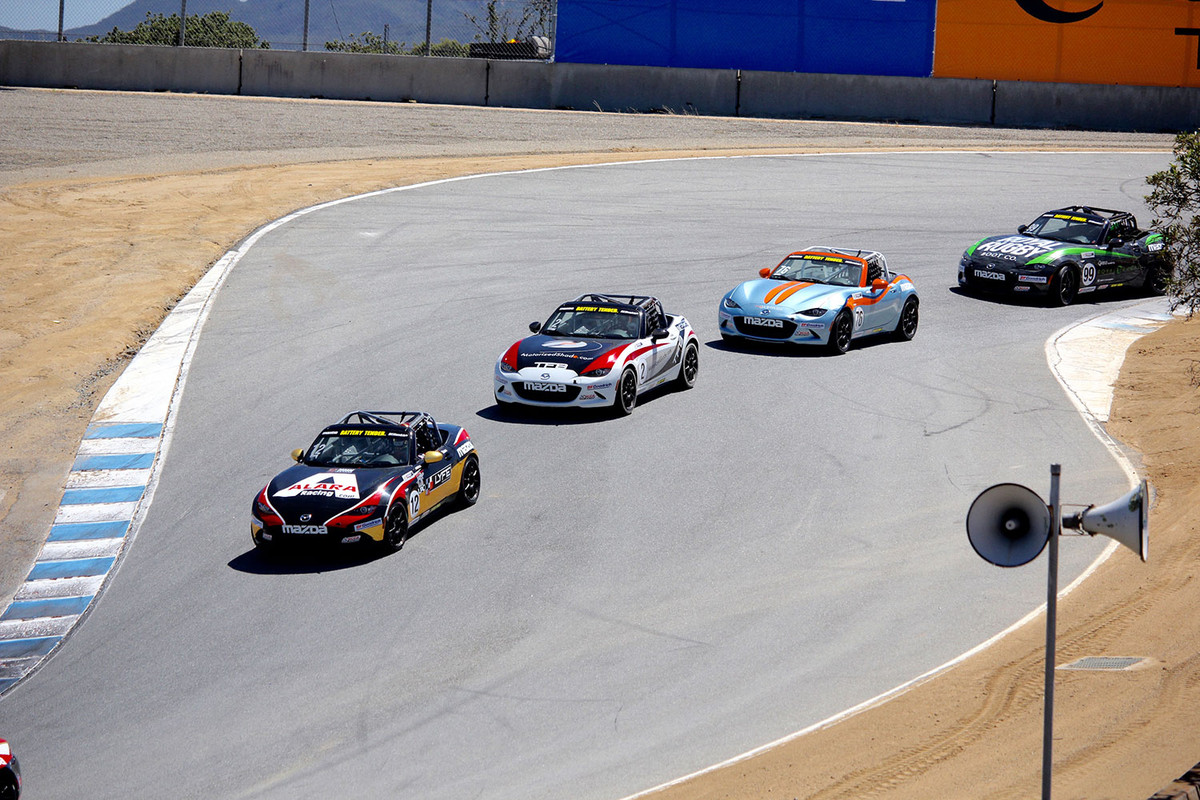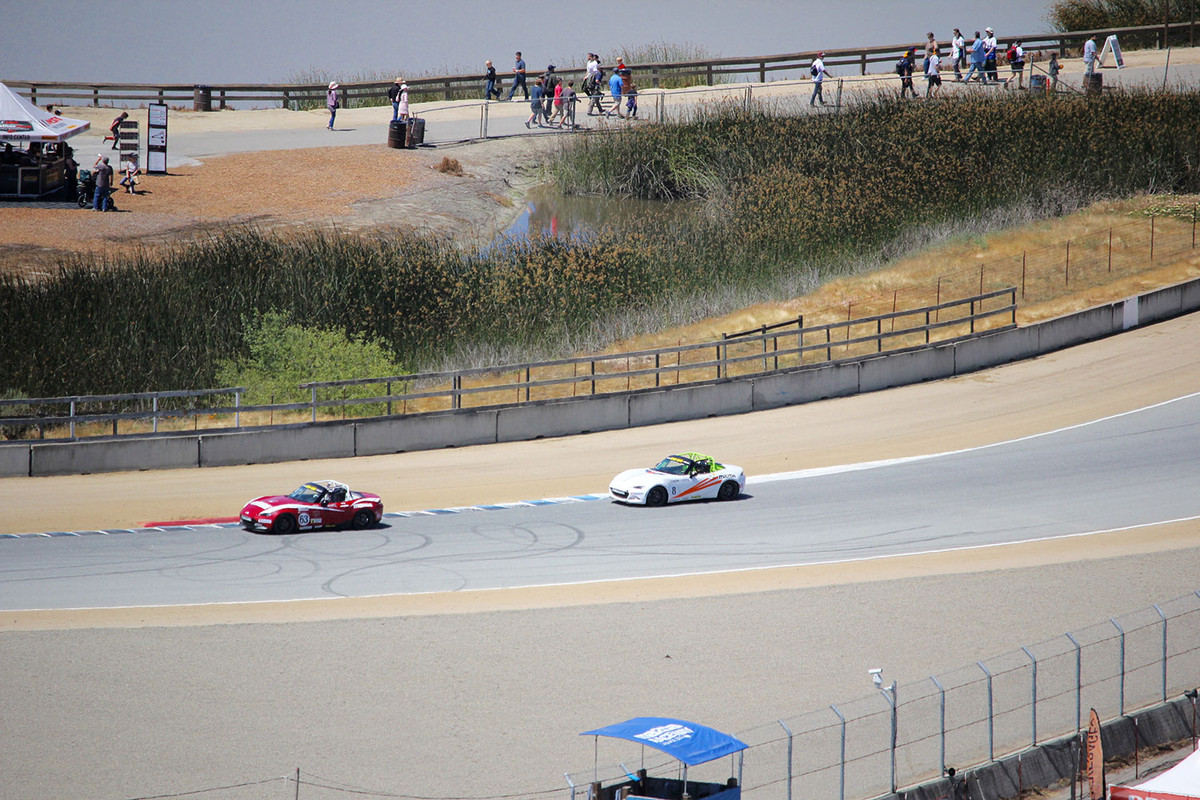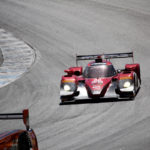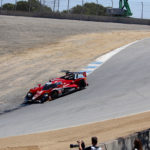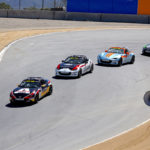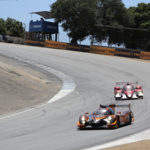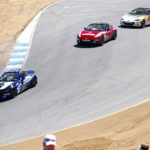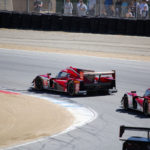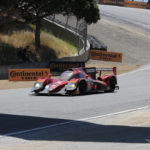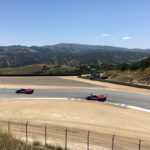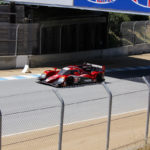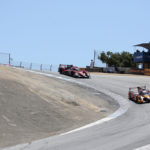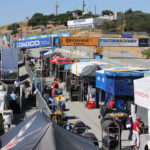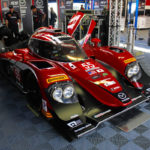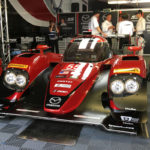It’s a secret to precisely no one that racing is an expensive hobby, but it might be more of a mystery that racing, as a career, is more financially demanding than any other pro sport. When Formula 1 driver salaries exceed a million bucks a year, it’s forgivable to assume that, like other sports, it’s a hard-fought road to the top, but talent alone can take you there.
Unfortunately, the truth is that the best racing driver in the world may never find his or her way into a F1 car, or even an amateur race car. Without extensive personal resources or deep-pocketed sponsors, skill will never lead to the same opportunities in motorsports.
There’s hope for the talented, blue-collar racers, though. Thanks to the support of select automakers, like Mazda, development tracks have been established for those who deserve motorsport-fueled glory.
Grassroots (or gaming) to greatness
Though there are a many, convoluted paths to the upper echelons of racing, Mazda has been supporting grassroots motorsports like the Spec Miata classes for years. Spec Miata vehicles race in SCCA (Sports Car Club of America), NASA (National Auto Sport Association), and elsewhere, providing arguably the best wheel-to-wheel amateur racing demonstrations around. NA, NB, and NC MX-5 roadsters compete with limited modifications, FIA-spec safety equipment, and weight-based penalties for equal competition. The typical spec race car can be built or purchased for about $10,000.
For many Spec Miata drivers, race weekends are one-of-a-kind ways to break from weekly work drudgery and experience the thrill of motorsports first-hand. For others, though, anything less than a championship victory equates to failure. These are the individuals that attract Mazda’s attention. For the last 10 years, Mazda has offered a $100,000 scholarship to one individual who has both won a grassroots championship and provides the best blend of driving skill, commerce comprehension, and technical expertise (displayed during the company’s “Road to 24 Shootout”).
Starting in 2014, Mazda even expanded its field of candidates to iRacing, a racing simulator that’s widely praised as the most realistic driving experience outside of actual track time. Glenn McGee, an iRacing world champ, ultimately won Mazda’s shootout and drove in his first “live” race this past weekend at Mazda Raceway Laguna Seca. Mazda’s innovative approach to finding the world’s best drivers has not yet been matched by other manufacturers, which gives the Japanese automaker a leg up.
Global MX-5 Cup
With $100,000 in hand, drivers turn their attention to the Global MX-5 Cup, a racing series made entirely of the latest track-prepped MX-5 race cars. Winners immediately become the “belle of the ball” for MX-5 Cup teams, who want both skilled drivers and, obviously, cash money.
I experienced the first two of this season’s 14 scheduled races on Saturday and Sunday and was on the edge of my seat for each 45-minute affair. At one point towards the end of the second race, MX-5 Cup cars were three-wide down the track and being hunted by others not two feet behind them – it doesn’t get much more entertaining. The 2016 series also introduces Mazda’s ND-generation Cup car, which has been turned into a Grade-A racing instrument by Long Road Racing in Charlotte, NC. More powerful and dynamic than any series Spec Miata, the Global MX-5 Cup car receives engine, drivetrain, suspension, braking, bodywork, and interior modifications to pull every ounce of performance from the 2016 MX-5 Miata’s frame.
Related: 2016 Mazda MX-5 Miata Review
This past weekend, the field included 40 cars, each with minor fine-tuning adjustments, but equivalent potential. Unlike some of the IMSA (International Motor Sports Association) racing classes that shared the track, financial barriers to entry are comparably small. $50,000 buys you a Global MX-5 Cup Car and it will cost you another $100,000 in race entry and maintenance fees for the full season. Those who have earned a spot in the MX-5 Cup via Mazda’s scholarship, with proven racing skill, usually rise to the top of the rankings.
At the season’s conclusion, Mazda awards the champion a $200,000 scholarship to take the next step up the motorsport ladder. And here’s where the real nurturing begins. Mazda sits down with the driver to help define their ambitions in the racing world. Since the first MX-5 Cup scholarship was granted in 2007, victors have applied their winnings to everything from the Speed World Challenge, to the Continental Tire Sports Car Challenge, to the Pirelli World Challenge, to IMSA (International Motor Sport Association) Prototype Lites. Some winners even choose to use the money to become team owners. Kenton Koch, who dominated the Global MX-5 Cup series in 2014 and won the Rolex 24 Hours of Daytona, decided a future in team management was more to his liking. Mazda helped make it happen.
Fielding Dreams
Whether it’s through Mazda’s sports car-themed “Road to 24” or the brand’s open-wheel alternative, “Road to Indy,” drivers are set upon the path to the big leagues of racing. More than ever, drivers must balance their time behind the wheel with time in front of sponsors and media. With a keen eye for business savvy, self-promotion, and long-term vision, Mazda trains its drivers to secure sponsor dollars, present themselves well in interviews, and look for other supportive partners.
During my time spent with Mazda’s Motorsports team, its IMSA LMP2 drivers, its MX-5 Cup drivers, and even its racing team representatives (Speed Source), I was blown away by the camaraderie, familial vibe, and confidence from every member of the organization.
Mazda’s LMP2 drivers come from all different backgrounds. Tristan Nunez, a record-setting road racing champion at the age of 20, advanced from Prototype Lites. His co-driver, Jonathan Bomarito, has six career victories in top categories of American Road Racing and was among the top competitors in the 2014 GTLM series. Tom Long has been a racing coach for years and is both a former Spec Miata champion and Pro Miata (now MX-5 Cup) victor. Joel Miller has a mechanical engineering and kart racing background, which he used to navigate open-wheel racing before a transition to sports cars.
As I got to know each of these drivers, it became clear that, in addition to being remarkably talented, they were some of the most personable and professional racers I’ve ever encountered. It would appear that Mazda doesn’t just spot top talent, or financially support drivers who deserve a shot at pro careers; it builds world-class competitors from the ground up.

